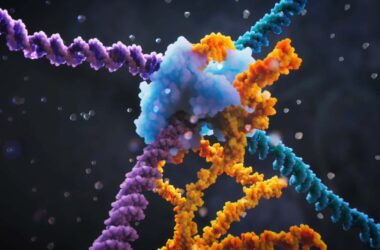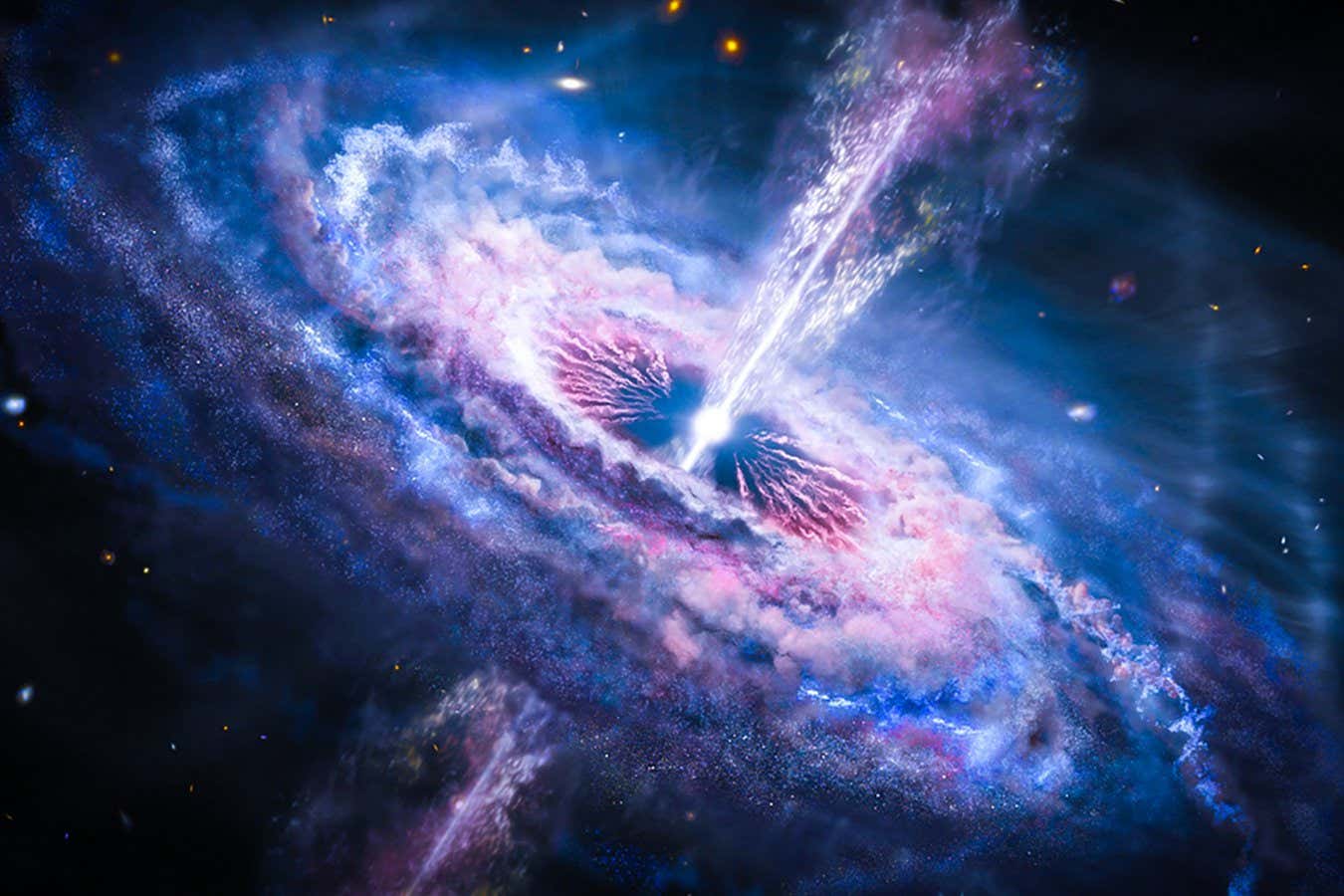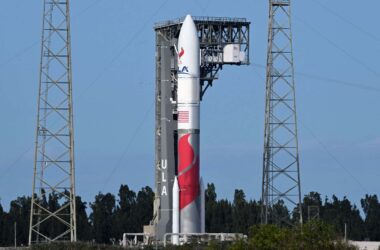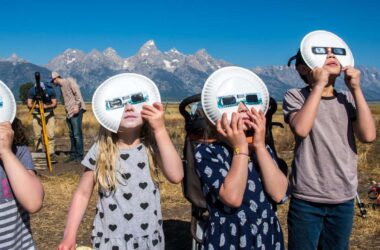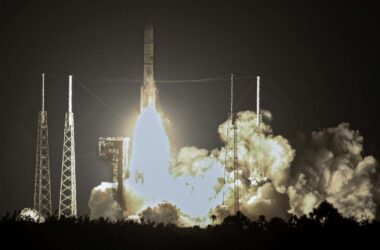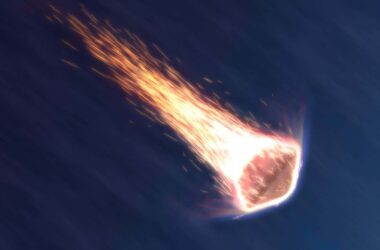Time appears to have passed more slowly in the early universe, according to recent observations. Ancient astronomical objects seem to evolve at a rate that is five times slower than what we observe today. This phenomenon is a result of the expansion of the universe since the big bang. As the universe expands, light from cosmic events that happened in the past must travel longer distances to reach Earth, taking more time to arrive. Consequently, extremely distant or far back cosmic events appear to unfold more slowly compared to events happening nearby in the present. However, this does not mean that time itself was slower in the early universe. If someone was present billions of years ago, they would have experienced time passing normally.
Astrophysicists have observed this time dilation effect in distant supernovae since the 1990s. The oldest observed supernova appears to evolve at 60% of the speed we observe today and dates back to around half the age of the universe. Now, researchers Geraint Lewis at the University of Sydney and Brendon Brewer at the University of Auckland have discovered a more extreme version of this phenomenon in the earlier stages of the universe.
The researchers studied quasars, which are objects found at the center of some galaxies. Quasars consist of a supermassive black hole surrounded by a disc of hot plasma that emits high-energy particles. Quasars are among the oldest objects we have observed, with the earliest ones emerging just 600 million years after the big bang.
While quasars are theoretically suitable for studying time dilation in the early universe, their unpredictable nature makes it challenging. Unlike supernovae, quasars vary in brightness and behavior. However, by analyzing the data of 190 quasars, Lewis and Brewer were able to identify patterns in their behavior.
The researchers grouped the quasars based on their brightness and redshift, which is the stretching of light from distant objects into longer, redder wavelengths. They then compared the quasars within each group and found similar patterns of activity over a specific time period.
Using these patterns as a reference clock, Lewis and Brewer discovered that the earliest quasar, which existed around one billion years after the beginning of the universe, appeared to run five times more slowly than quasars observed today. This observation provides the earliest evidence of cosmological time dilation.
Bruno Leibundgut at the European South Observatory, who was part of the team that observed a similar time dilation phenomenon in supernovae three decades ago, commented on the significance of Lewis and Brewer’s findings. He noted that quasars, often considered the “ultimate cosmological sources,” also display time dilation as expected by theory and previously demonstrated in other objects.



